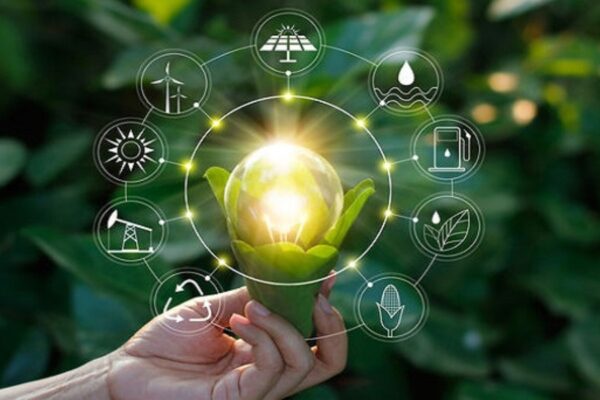The Role of Renewable Energy in Sustainability
In a world increasingly conscious of its environmental footprint, the quest for sustainable energy sources has taken center stage. The transition from fossil fuels to renewable energy is not just a matter of choice but a necessity. In this blog, we’ll delve into various forms of renewable energy, including solar, wind, hydro, and more, to understand their crucial role in creating a more sustainable energy future.
Understanding Renewable Energy
Sources of renewable energy sources are the ones obtained naturally and which are regenerated constantly. Whereas fossil fuels are finite resources with polluting emissions, renewable energy is clean, generous, and eco-friendly. Here are some key forms of renewable energy and their impact on sustainability:
1. Solar Energy
Solar energy is generated by capturing sunlight through solar panels composed of photovoltaic cells. Photovoltaic (PV) cells use sunlight to generate power without any production of greenhouse gases, pollutants or waste from the atmosphere. The beauty of solar power is that it can be put on roofs or even on solar farms or incorporated into buildings themselves, making it an excellent renewable energy resource. It helps us use less fossil fuel and produces fewer greenhouse gases.
2. Wind Energy
Wind energy is converted to electricity by windmills. The wind is one of the most rapidly expanding forms of green energy worldwide. Wind farms of all types produce significant quantities of green energy — from near-shore to remote ocean sites. Benefits of wind power include that it produces electricity steadily and has low running costs once the necessary infrastructure is installed.
3. Hydroelectric Power
Hydropower converts the kinetic or potential energy in moving or falling water into electricity. There is no need for any new technology or fuel — just huge dams filled to allow the stored water to push the turbines around to generate electricity. However, hydropower is an established generation resource which can reliably generate electricity with its ability to act as an important means for load balancing on the grid. This can have effects on the environment with regards to river ecosystems as well as affecting fish population, in order for these resources to be sustained.
4. Biomass Energy
Biomass energy refers to biological material — like wood, crop waste). Burning these products produce direct heat, while converting them to biofuels like ethanol and biodiesel do. Biomass is described as renewable only if the resources used are harvested sustainably so that the carbon dioxide emitted while burnt is compensated for by carbon dioxide absorbed while growing the plants.
5. Geothermal Energy
Geothermal energy leverages the heat generated within our planet’s core. These power plants make electricity by heating hot water/steam from underground. It is a dependable source of renewable energy that works around-the-clock to provide uninterrupted power supply (UPS). Compared to fossil fuel plants, geothermal power plants have lesser environmental footprint.
Renewable energy is not just a buzzword; it’s a pivotal part of the sustainability puzzle. Moving towards clean energy is another critical step towards sustaining the future. From funding new green infrastructure to changing personal behavior, everyone has something to do to make the shift go faster.
Save the date for Eco Sustain Expo 2024 at HITEX Hyderabad. Visit the official website https://ecosustainexpo.in/ to know more, browse through and sign up.
Join us – learn from the leaders of the sustainable energy market and help shape a greener, cleaner future for generations to come! Seize this chance to be involved in our sustainability evolution! Register today.







